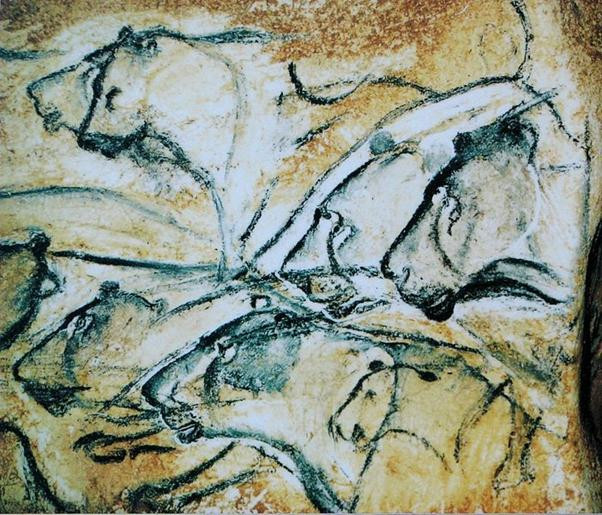Autism may have spurred human evolution through logic and detail-based skills
Collaborative morality among hunter-gatherers included people with autism traits, allowing their skills to flourish.
Autism may have played a major role in human evolution, boosting increasingly complex societies through their logic and detail-based perception and understanding of the world. Scientists at the University of York in the UK said the emergence of collaborative morality among hunter-gatherer societies during the Stone Age allowed for the acceptance of people autistic traits. This, in turn, potentially led to technical advances and larger social networks.
Publishing their study in the journal Time and Mind, researchers were looking at the evolution of social cognition.
It is widely thought that selection would have favoured the ability to understand others' thoughts and feelings, but the true picture is likely to be far more complex.
People with autism have difficulty communicating and forming relationships. They also struggle with abstract concepts. However, many have exceptional memory skills and heightened perceptions in vision, smell and taste. They can also have a better understanding of natural systems and can be extremely good at logical problem-solving.

Research into autism indicates that genetic factors are involved, meaning it is likely the disorder has a long evolutionary history. The move towards collaborative morality, where everyone in a group was cared for regardless of their abilities, took place around 100,000 years ago.
The team argues that the "social buffering of vulnerabilities" would have allowed for "new niches for adaptive cognitive strategies and widened personality variation". This, they said, could include strategies that do not require the ability to understand other people's thoughts and feelings.
"A perceptual style based on logic and detail, bringing certain enhanced technical and social abilities that compensate for deficits in complex social understanding could be advantageous at low levels in certain ecological and cultural contexts," they wrote.

"'Traits of autism' may have promoted innovation in archaeological material culture during the late Palaeolithic in the context of the mutual interdependence of different social strategies, which in turn contributed to the rise of innovation and large-scale social networks."
While traits of autism cannot be determined from skeletal remains, scientists are beginning to recognise traits in artefacts and cave art. Penny Spikins, one of the study authors, said: "There has been a long-standing debate about identifying traits of autism in Upper Palaeolithic cave art.
"We can't say some of it was drawn by someone with autism, but there are traits that are identifiable to someone who has autism. It was also roughly at that time that we see collaborative morality emerging."
© Copyright IBTimes 2025. All rights reserved.






















